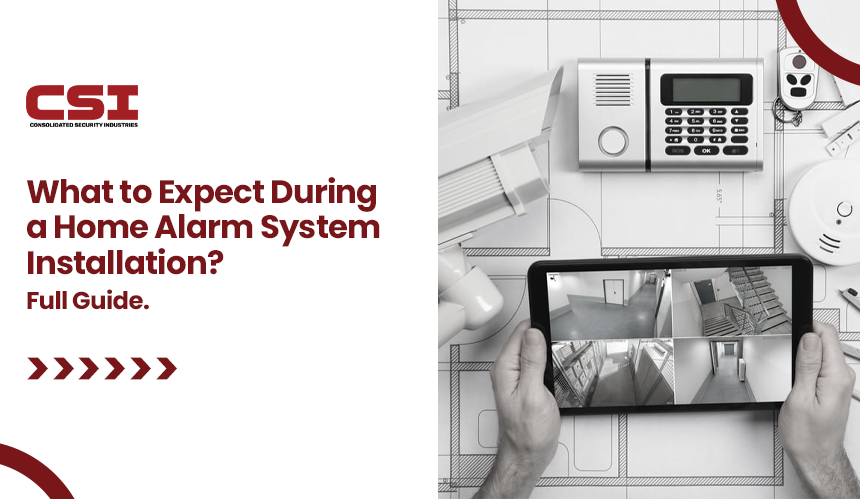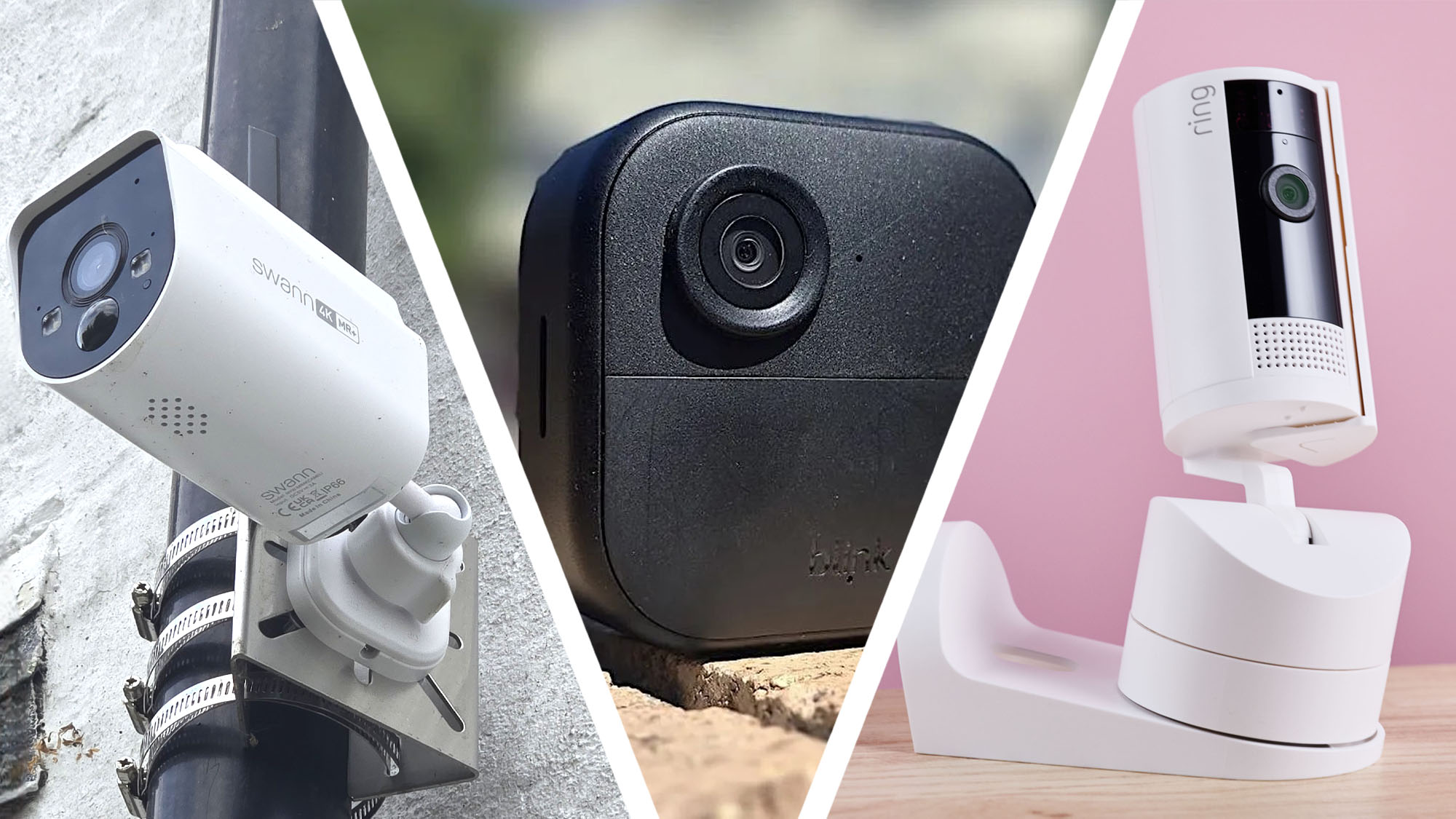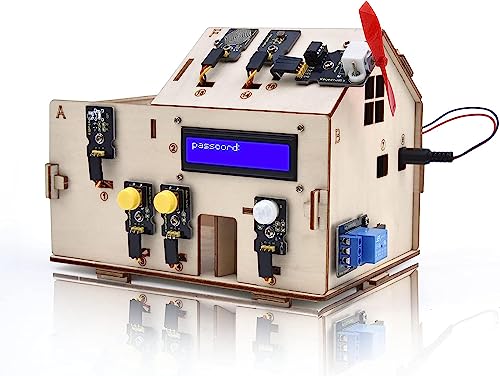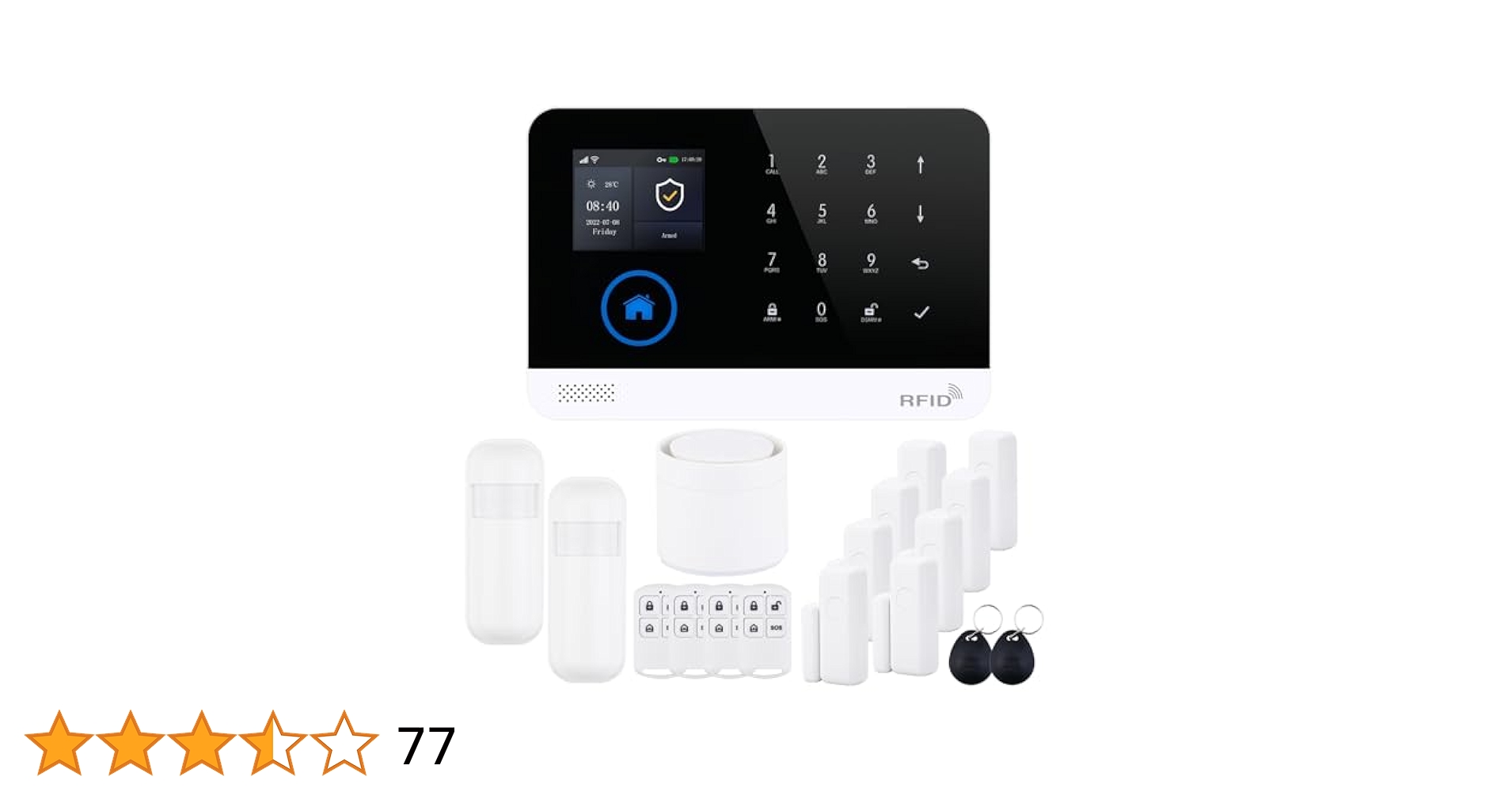Are you thinking about installing an alarm system but don’t know where to start? You want to protect your home or business, but the process can seem confusing and overwhelming.
The good news is, with the right tips, you can make alarm installation simple and effective. You’ll discover easy steps that save you time, money, and frustration. Keep reading to learn how to set up your alarm the right way and enjoy peace of mind every day.

Credit: mydreamhome.liveblog365.com
Choosing The Right Alarm System
Choosing the right alarm system keeps your home safe. It helps protect your family and belongings.
There are many alarm systems. You should pick one that fits your needs and budget.
Types Of Alarm Systems
Alarm systems come in different types. Each type has a special way to protect your home.
The main types include burglar alarms, fire alarms, and carbon monoxide detectors. Some systems combine these features.
- Burglar alarms detect break-ins and movement
- Fire alarms warn you about smoke or fire
- Carbon monoxide detectors alert you to harmful gas
Wired Vs Wireless Options
Alarm systems can be wired or wireless. Each option has pros and cons for your home.
Wired systems connect with cables. They are reliable but harder to install. Wireless systems use signals. They are easy to set up and move.
- Wired:Stable connection, needs professional installation
- Wireless:Flexible, battery-powered, easy to install
Features To Consider
Look at important features before buying. Some features improve safety and ease of use.
Consider sensors, alarms, monitoring, and control options. Choose features that fit your lifestyle.
- Motion sensors to detect movement inside
- Window and door sensors to spot openings
- Smoke and gas detectors for safety
- 24/7 monitoring for quick help
- Remote control via smartphone apps
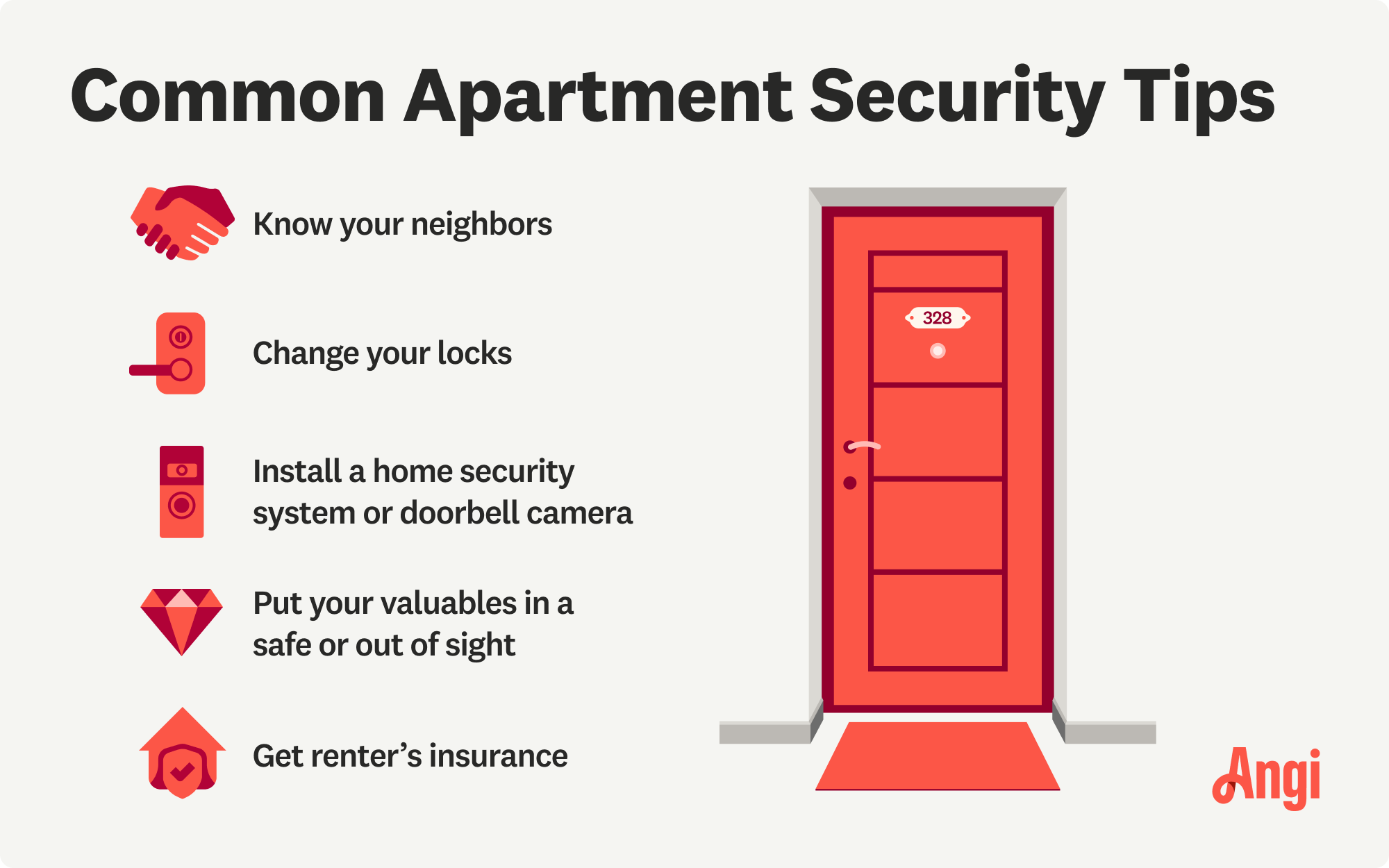
Credit: www.angi.com
Planning Your Installation
Installing an alarm system needs careful planning. Good planning helps keep your home safe and secure.
Think about your home’s layout and risks. This helps you place sensors and devices in the best spots.
Assessing Vulnerable Areas
Look for weak spots where burglars could enter. Common areas include doors, windows, and garages.
Check less visible entrances like side doors and basement windows. These places need good protection.
- Front and back doors
- Ground floor windows
- Garage and basement doors
- Patio or balcony entrances
Optimal Sensor Placement
Place sensors where they cover all entry points. Avoid placing them near heat sources or vents.
Motion sensors should cover hallways and main rooms. Door and window sensors must fit tightly on frames.
- Door sensors on all external doors
- Window sensors on easily reachable windows
- Motion sensors in rooms with high traffic
- Avoid placing sensors near pets or heaters
Power Source Considerations
Decide if you want wired or wireless alarm devices. Each type has different power needs.
Battery-powered devices offer flexibility but need regular checks. Wired devices need a reliable power supply.
- Use batteries for hard-to-reach spots
- Check battery levels often
- Wired devices need backup power during outages
- Plan power cables to avoid damage
Step-by-step Installation Guide
Installing an alarm system helps protect your home or business. This guide shows you the basic steps to set up your alarm system safely and correctly.
Follow these instructions carefully to ensure your alarm works well and keeps you safe.
Preparing The Site
Start by choosing the best spots for your alarm parts. Look for places with good power access and clear signals. Clean the area to make installation easier.
Check for any obstacles that might block sensors or signals. Plan where each device will go before you start mounting.
- Pick locations near doors and windows
- Ensure power outlets are close by
- Clear dirt and dust from the walls
- Avoid metal objects that can block signals
Mounting Sensors And Detectors
Fix sensors and detectors firmly to walls or ceilings. Use screws or strong adhesive tapes as needed. Make sure they cover all entry points and sensitive areas.
Test each sensor after mounting to confirm it works. Adjust the angle or position if the sensor does not detect movement properly.
- Place motion sensors at room corners
- Install door/window sensors on frames
- Mount smoke detectors on ceilings
- Use a level to keep sensors straight
- Check sensor range with a test
Connecting Control Panels
Connect the control panel to power and the sensors. Follow the wiring diagram in the manual. Secure all wires to prevent damage or loose connections.
Turn on the system and program your settings. Test the entire system to make sure all parts communicate well with the control panel.
- Plug control panel into a power source
- Connect sensor wires to the panel terminals
- Use wire clips to organize cables
- Program alarm codes and schedules
- Run a full system test before finishing
Testing And Calibration
Testing and calibration are key steps in alarm installation. They ensure your system works properly.
Regular checks help detect problems early. Proper calibration keeps sensors accurate and reliable.
Verifying Sensor Functionality
Check each sensor to see if it reacts correctly. Test by triggering the sensor in a safe way.
Look for proper signals on your alarm panel. Sensors should alert you without delays or errors.
- Use test mode if available
- Trigger motion or door sensors gently
- Watch for alarm or notification signals
- Replace faulty sensors immediately
Adjusting Sensitivity Settings
Sensitivity controls how easily sensors detect movement or changes. Set it to avoid false alarms.
Lower sensitivity stops small pets or wind from triggering alarms. Higher sensitivity catches small movements.
- Find sensitivity settings in your control panel
- Test different levels after adjustment
- Choose a balance between security and false alarms
- Adjust again if you notice too many false alerts
Troubleshooting Common Issues
Some alarms may not work well after installation. Check power supply and sensor placement first.
Look for loose wires or blocked sensors. Reset the system if it acts strangely.
- Check batteries or power sources
- Clean sensors and remove obstacles
- Reset alarm control panel if needed
- Consult the manual for error codes
Enhancing Security With Additional Features
Adding extra features to your alarm system makes your home safer. These features help watch over your property better.
Use tools like cameras, lighting, and smart controls. They improve how well your alarm works and keep you informed.
Integrating Cameras And Lighting
Install cameras near entry points to see who comes close. Good lighting scares away unwanted visitors at night.
Choose motion-activated lights that turn on when someone is near. Cameras and lights work well together to protect your home.
- Place cameras at front and back doors
- Use bright outdoor lights with motion sensors
- Check camera feeds regularly for safety
Remote Monitoring Options
Remote monitoring lets you watch your home from anywhere. Use apps on your phone to get alerts and live video.
This feature helps you act fast if there is a problem. You can check your alarm status and control it remotely.
- Receive instant notifications on your phone
- View live camera streams anytime
- Arm or disarm alarm remotely
Using Smart Home Compatibility
Smart home compatibility links your alarm to other devices. You can control lights, locks, and cameras from one app.
This connection makes your home easier to manage. It helps create routines for safety and convenience.
- Sync alarm with smart lights and locks
- Create schedules for devices to turn on/off
- Use voice commands with smart assistants
Maintenance And Upkeep
Keeping your alarm system in good shape helps it work well. Regular care prevents problems and keeps you safe.
Simple maintenance steps extend the life of your alarm system. These tips help you maintain and check your system easily.
Regular System Checks
Check your alarm system often to make sure it works right. Test sensors, alarms, and control panels regularly.
Look for damage, loose wires, or anything unusual. Fix small problems before they become big issues.
- Test alarms at least once a month
- Check sensor batteries and connections
- Inspect control panel lights and sounds
- Clean sensors and cameras gently
Battery Replacement Tips
Batteries keep your alarm system running during power loss. Replace them before they run out of power.
Use the right type of battery for each device. Keep spare batteries on hand so you can change them quickly.
- Check battery status monthly
- Replace batteries every 1 to 2 years
- Use recommended battery brands and types
- Dispose of old batteries properly
Updating Software And Firmware
Keep your alarm system’s software and firmware up to date. Updates improve security and fix bugs.
Check for updates from your alarm system provider. Install updates as soon as you can to stay protected.
- Enable automatic updates if available
- Review update notes before installing
- Restart the system after updates
- Contact support if updates cause issues
Expert Tips For Maximum Protection
Installing an alarm system can help protect your home and family. Proper setup is key to making it work well.
Follow simple expert tips to avoid mistakes and keep your alarm system secure. Teach your family how to use it safely.
Avoiding Common Installation Mistakes
Many people place alarm sensors too high or too low. This can cause false alarms or poor detection.
Check the manufacturer’s instructions carefully. Test the system after installation to make sure it works well.
- Place sensors at recommended heights
- Avoid blocking sensors with furniture or curtains
- Use proper tools for mounting components
- Test all sensors before finishing installation
Securing Alarm Components
Keep alarm parts safe from tampering or damage. Place control panels where they are not easily reached.
Use strong screws and mounts. Hide wires inside walls or use protective covers to stop cuts or disconnections.
- Mount control panels out of easy reach
- Cover or hide wiring to prevent tampering
- Use quality hardware for mounting devices
- Check for weak spots and reinforce them
Educating Household Members
Everyone in the home should know how to use the alarm system. This helps avoid accidental triggers.
Teach family members how to arm, disarm, and respond to alarms. Practice emergency plans regularly.
- Show how to operate the control panel
- Explain what to do if the alarm sounds
- Set codes and keep them private
- Review safety plans with all members
Credit: www.kidde.com
Frequently Asked Questions
What Are The Best Locations For Alarm Installation?
Place alarms near entry points like doors and windows. Install them in high-traffic areas for better coverage. Avoid placing alarms near heat sources or vents to prevent false triggers.
How High Should I Install Security Alarms?
Install alarms around 7 to 8 feet high. This height ensures optimal sensor detection and prevents easy tampering by intruders or pets.
Can I Install An Alarm System Myself?
Yes, many alarm systems offer DIY installation with clear instructions. However, professional installation ensures proper setup and system reliability.
How Often Should I Test My Alarm System?
Test your alarm system monthly to ensure proper operation. Regular checks help identify and fix any issues promptly, maintaining security effectiveness.
Conclusion
Installing an alarm system can boost your home’s security significantly. Follow these tips to ensure a smooth process. Always plan before starting the installation. Choose the right spots for maximum effectiveness. Test the system to ensure everything works correctly. Regular maintenance keeps your alarm functioning well.
Stay informed about the latest security trends. This helps you make the best choices. A well-installed alarm offers peace of mind. Protect your home and loved ones with confidence. Make security a priority today. Stay safe and secure.
18 min read

